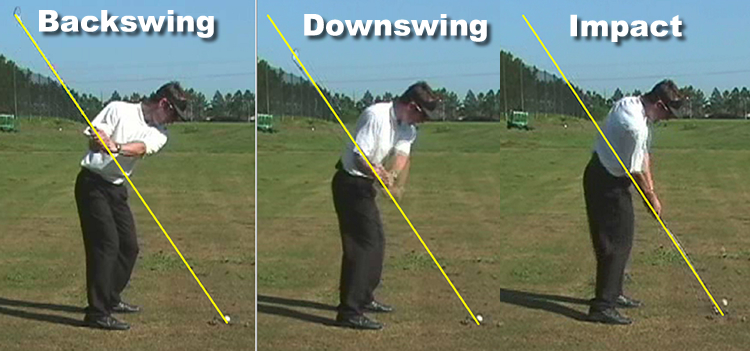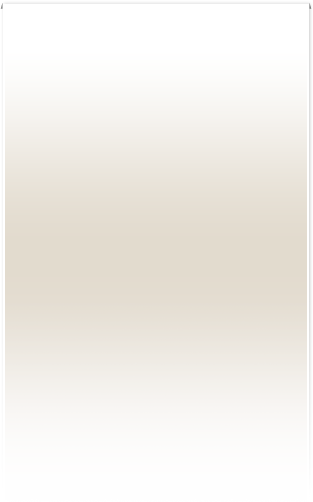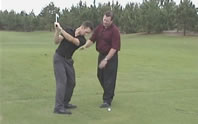Want to sneak a peak at just how SIMPLE this One Plane Golf Swing can be?
Watch this golf instruction video to get started on a simpler one piece takeaway!
RST golf instructors have given thousands of golf lessons around the world. Take a look at these RADICAL TRANSFORMATIONS that YOU can experience for yourself: One Plane Golf Swing Before & Afters

Why choose the Rotary Swing?
 It's a simpler, easier to learn One Plane Swing.
It's a simpler, easier to learn One Plane Swing.
 It is BIOMECHANICALLY SAFE - Validated by our Medical Panel.
It is BIOMECHANICALLY SAFE - Validated by our Medical Panel.
 Spend less time practicing and more time playing!
Spend less time practicing and more time playing!
 Get rid of back, hip, elbow and shoulder pain.
Get rid of back, hip, elbow and shoulder pain.
 Can learn completely online on your own or use our instructors.
Can learn completely online on your own or use our instructors.
 Worldwide network of certified Rotary Swing instructors.
Worldwide network of certified Rotary Swing instructors.
Golf Swing Plane - What is it?
The golf swing plane is one of the most critical aspects of the golf swing. When you boil the golf swing down to its most simple components, you simply need a square clubface with a path that is pointing straight down the target line. Everything else is just details. You can swing on any golf swing plane you want as long as you meet these two requirements.
However, learning how to meet these two requirements is easier said than done! That's why focusing on getting the golf club to work "on plane" is one of the most important fundamentals of the golf swing. Because the golf swing plane is basically an imaginary line typically thought of in two dimensions for golf instruction purposes due to the nature of video cameras, it's easier to discuss the swing plane by looking at some pictures. Take a look at this swing sequence of Orlando, Florida golf instructor Chuck Quinton and his swing plane.

Golf Swing Plane - Impact Plane
When discussing the swing plane in golf, you'll hear all kinds of terms thrown around such as elbow plane, turned shoulder plane, etc. In the end, the only golf swing plane that really matters is the swing plane the golf club is working on during the last half of the downswing into impact. This is referred to as the "Impact Swing Plane". In the image above, you can see the red line drawn represents the impact plane. In an ideal world, the club will work essentially on this swing plane from the point the golf club is parallel to the ground on either side of the golf ball. This can change of course depending on the shot shape, trajectory and angle of attack that the golfer wishes to have in their golf swing.
In the case above, Chuck Quinton is hitting a low 8 iron. As you can see, the golf club is slightly above the impact plane line half way down. The question is, is this a bad thing? Technically, the golf club is slightly "off plane", but as mentioned before, the concept of where the golf club should be on the swing plane at any given point in the golf swing is dependent on the type of shot one wishes to hit. In this case, the ball flew perfectly straight on a medium to low trajectory. Being ever so slightly above the impact swing plane as in this case is actually the correct position to be in for hitting this type of shot as it allows a slightly steeper angle of attack that allows the golfer to deloft the golf club more through impact and produce a flatter, more penetrating trajectory.
Golf Swing Plane - Under the Plane
Now, let's take a look at what it looks like to be under the swing plane using PGA Tour golfer Trevor Immelman. In this image, you can see that Trevor's club head is under the impact plane line and on the bottom half of his right forearm. The right forearm is often a useful reference when discussing the swing plane in golf as it will end up in a straight line with the shaft at impact. Quinton's shaft is parallel to his impact plane but above, whereas Immelman's shaft is cutting across his impact plane line and below. What type of golf shot do you think this would produce?
In this case, this swing plane will hit a slightly higher draw (assuming correct club face angle) and that is the shot Trevor hit here. Approaching the golf ball slightly under the impact plane will lead to a swing path that is in to out in most cases, which allows the golfer the ability to start the ball right of the target and draw it back, again, depending on club face angle.
In both cases, the club shafts are technically "off plane", but both produce the desired shots. Now, when you want to learn how to swing the club on the correct golf swing plane, click here!











 Golfers always ask how they should properly start their golf swings; what should move first? In this video I demonstrate how to properly sequence your golf swing to get everything working back in sync.
Golfers always ask how they should properly start their golf swings; what should move first? In this video I demonstrate how to properly sequence your golf swing to get everything working back in sync.






